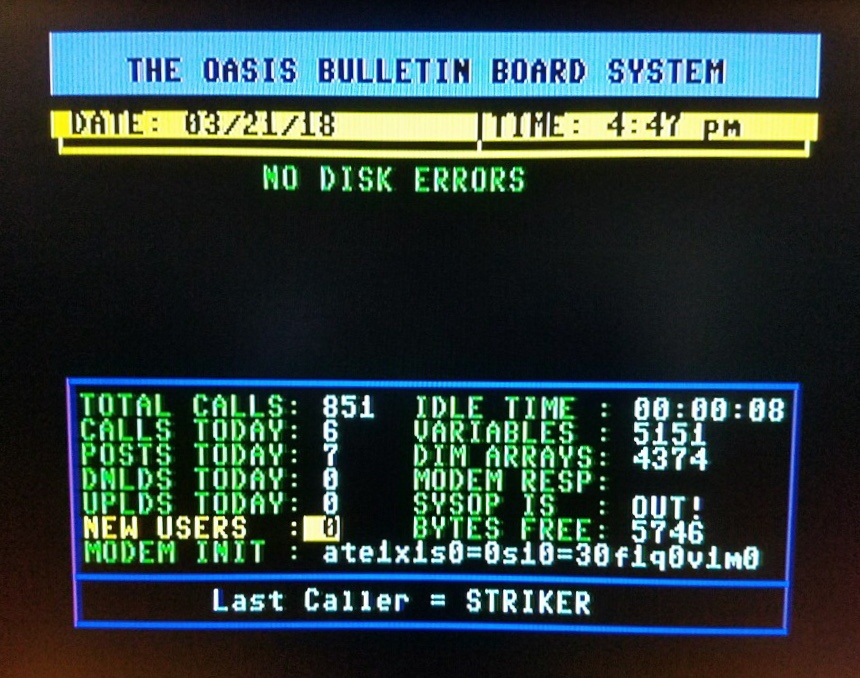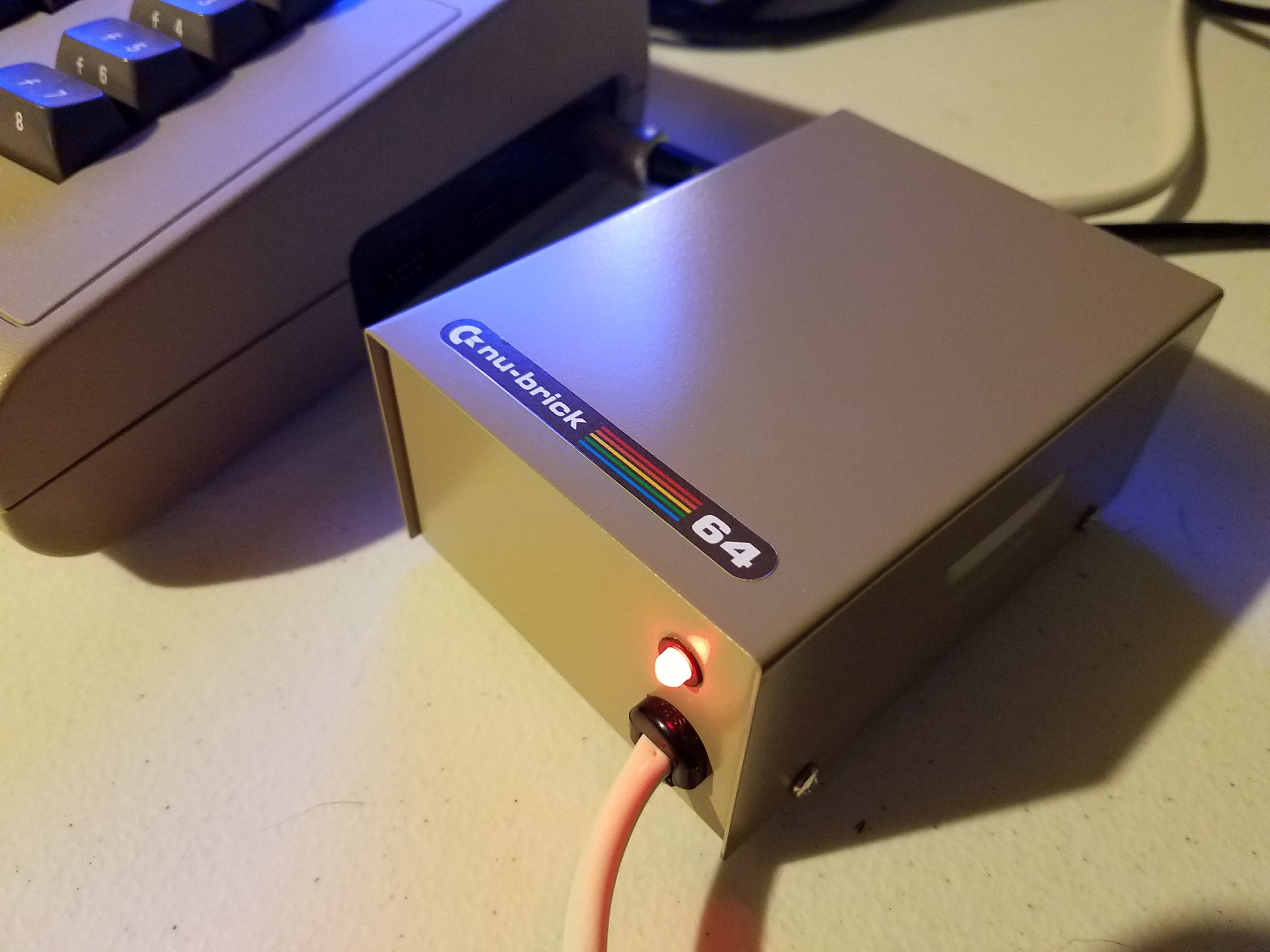Matt from The Retro Desk has found himself in a very specific kind of time machine — powered by coax cables, vintage VCRs, and one stubborn black-and-white television from the 1970s. In this episode, he hooks his Commander X16 up to the same TV he used as a kid — a portable 13-inch Zenith with rabbit ears and zero modern inputs.
This isn’t a show-and-tell about emulators or HDMI adapters. Matt is doing this the hard way — routing composite video from the X16 through an S-VHS VCR just to generate an RF signal that this old TV can understand. The VCR, once used to master VHS tapes for video distribution in the pre-YouTube era, now serves as a glorified RF modulator.
Before diving into the setup, Matt gives a quick tour of the Commander X16’s video options. Its VERA board provides VGA output, but also S-Video and composite for older displays. To switch video modes on the X16, the user needs to access its control panel, choose NTSC output, and adjust screen modes for better compatibility with CRT displays.
Once connected, the Zenith TV handled basic text output surprisingly well, though screen geometry limitations meant Matt had to experiment with various screen modes to avoid losing portions of the display. The result? Text-based programming looks fine, but games originally designed for VGA don’t translate cleanly. For example, Chase Vault lost portions of its display area, while Flappy Bird (designed with CRT-safe margins) performed much better.
Matt also runs Attack of the PETSCII Robots, though color-heavy modes on a black-and-white set made it tricky to distinguish gameplay elements. Still, the experiment was successful — the Commander X16 could output to hardware decades older than itself, with a little creativity (and a VCR in the middle).
This video is less about technical perfection and more about the joy of revisiting old hardware with new tools. Matt blends practical advice with personal stories from his early computing days, where this very TV once served as his window into computing, powered back then by a Tandy Color Computer 2.







